RECOVERY INSTRUCTIONS
– BREAST PROCEDURES –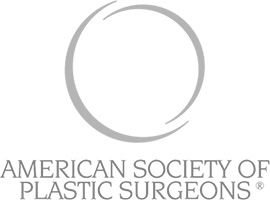
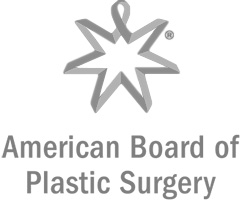
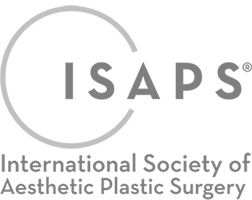
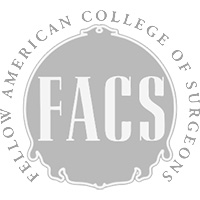

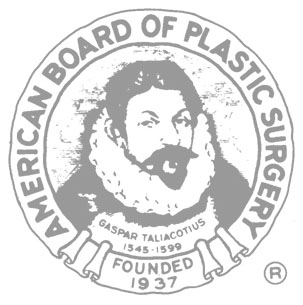
In this section, you will find recovery instructions for:
- Breast Augmentation with Implants
- Breast Fat Transfer
- Breast Lift And/or Breast Reduction
- Breast Implant Removal and Breast Lift
- Breast Reconstruction
- Gynecomastia Surgery
- Tuberous Breast Correction
- Nipple Surgery
The results and outcome of your plastic surgery is largely dictated by your healing and recovery. This is as important as having a great surgery itself. Thus, it is imperative that your recovery is planned well and this time is treated as a “Recovery Vacation”. That means minimal activities, optimal nutritional intake, rest, healing, and taking it super easy. Refrain from leaving your house unless coming for follow ups or until cleared to do so by our team.
Arrange to have a care giver to help you while recovering. A care giver should be helping you with:
- Ambulation
- Meals and Eating
- Dressing Changes and Drain care
- Getting in and out of chair/bed

Your recovery time will depend on how quickly your breasts heal and how extensive the procedure is. Typically, incisions take 6 weeks to heal. Healing is not only necessary for skin incisions but also the deeper fatty layers. Skin typically appears to be mostly healed by 3 weeks but the deeper layer takes much longer and you need to be patient for optimal healing.
Recovery from breast surgeries varies from patient to patient and the type of surgery that was performed. But in general, all breast surgery recoveries have many common elements. Please read this as well as procedure specific instructions.
General Instructions
Day of Surgery: Upon waking up, you will be in the recovery room wearing a soft surgical bra or sports bra. Since all breast surgeries are outpatient procedures, you can go home within an hour or two with the help of a friend or family member.
Caregiver- When patients leave the surgery facility to go home, they are groggy for about 12 hours or overnight. It is very important to have an adult to assist you with getting home and taking your medications for at least the first 24 hours.
Bruising- There will be bruising at surgical sites as well as in adjacent or dependent areas. Bruising can last up to 2 weeks. Sun tanning immediately after surgery can cause these bruises to become long-lasting skin stains.
Early Ambulation- You’re likely to feel sore for a few days, but you should attempt to get out of the bed in 24 hours. This is the best way to reduce the chance of getting a blood clot in the legs. Walk every 3 hours indoor for 5 to 10 minutes with help. Most of your discomfort can be controlled by the prescribed painkillers.
Nausea- Most people are nauseated during the first 24-72 hours. To reduce this, we suggest that you take your nausea pill one hour before taking your pain medication or antibiotics.
Sleep- It is recommended to sleep on your back during the first week of your recovery to ensure that your breast incisions are not subjected to pull or tension.
Avoid irritating your operative site during the early phase of your recovery to prevent swelling, fluid accumulation, opening of sutures, and widening of the scar. Make sure to avoid excessive force, abrasion, or motion on your incision site as you heal.
If you experience dry skin on your breasts after surgery, apply a moisturizer several times a day while keeping your incision site dry.
Pain- You’re likely to feel sore for a few days to weeks, but you should be up and walking within your home in 24 hours. Most of your discomfort can be controlled by the prescribed painkillers.
Dressing – After surgery, it is important to have your incisions dry and protected at all times. Cover your incisions with ABD dressings and change once daily. Continue with wearing your surgical bra.
Drains: Drains may be used with more involved breast surgeries such as breast reduction, breast lift, and breast restoration approaches. Drains will remove fluid that exudes from tissues after surgery. The sooner the fluid is removed, the faster the tissues will heal back. Thus, drains are your friends. They must be secured, cleaned with alcohol or hydrogen peroxide twice a day, milked every 3 hours, and emptied a few times a day. Log total drain output per 24-hour periods.
Shower: Do not bath or shower till cleared by Dr. Agha. If you have drains, they must be removed before you can shower. Also, your incisions must be sealed closed before you can get them wet. Tap water has bacteria such as Pseudomonas in it which can cause infection of the surgical site and openings. Thus, patience is a must and only after our team clears you for showering.
First Post-operative Visit- This will be scheduled before your surgery.
Swelling- Swelling after surgery is common and to be expected. Swelling is not symmetrical and one side may swell more than another. Swelling may take 3- 6 weeks to subside.
Sensation: You may experience a burning sensation in your nipples for up to two weeks. You might also notice swelling on your breasts for a few weeks, with your skin looking particularly shiny. Keep in mind that it is possible for your two breasts to heal differently.
Driving – You may drive when driving does not cause pain. This usually occurs in 2-3 weeks. It is not safe to drive a car within twenty-four hours of taking pain medication as your reflexes and alertness may be altered. It is important that the surgical incisions are not subjected to excessive force, abrasion, or motion during the time of healing.
Healing- You will need a few weeks to recover and heal from a procedure. The typical healing time is about 6 weeks for most breast and body procedures.
Light Exercise- We recommend light exercise to prevent blood clots. Light exercise includes walking, as well as moving your arms, legs, and ankles while sitting. If you should feel pain or pulling at the incision site, cease the movement. You should avoid all activities that can put excessive force or stress on your incisions and the operative area until you have fully healed.
Activities- During the first week after surgery, avoid activities that raise your blood pressure. This could cause bleeding at the operative site, which could result in a hematoma (collection of blood). Walking is the safest exercise. Avoid exercises which directly stress the area of your surgery for a full 6 weeks. After this period, cardiovascular activities, such as riding a stationary bicycle or brisk walking, can be initiated. Running at this point may be premature. Avoid heavy lifting, contact sports, and jogging for up to 8 weeks. Eight weeks after surgery, you will be nearing your pre-operative state. Avoid pulling at the surgical area to maximize healing and minimize scarring.
Scarring- Every person’s body is different, and many factors contribute to scar healing. Your scars will be firm and pink for about six weeks. Non-smokers and those who follow Our Enhanced Recovery Program have a better chance of rapid healing and thinner scarring. Expect to wait at least nine months before your scars lighten in color and become as flat as the rest of your skin. To ensure good scar healing, wear sunscreen with at least SPF 30 when outside.
Numbness- All surgical areas may stay numb for weeks to months. Massage will help to desensitize your skin in order to avoid hypersensitivity or skin irritation.
Mammogram: Routine mammograms should be continued after breast surgeries for women who are in the appropriate age group, although the mammography technician should use a special technique to assure that you get a reliable reading. Make sure to inform your mammographer if you have breast implants.
Follow-ups- Regular check-ups protect against complications. We will be recommending scar treatments during your follow up appointments at 3, 6 and 12 months.
Emergencies – Some discomfort is expected following your surgery. Be sure to tell us if:
- There is an increase in swelling, pain, redness, drainage, or bleeding in the surgical area.
- You develop fever, dizziness, nausea or vomiting, or a general ill feeling.
- If you experience shortness of breath, chest pains, or unusual heartbeats, seek medical attention immediately. Should any of these complications occur, you may require hospitalization and additional treatment.
